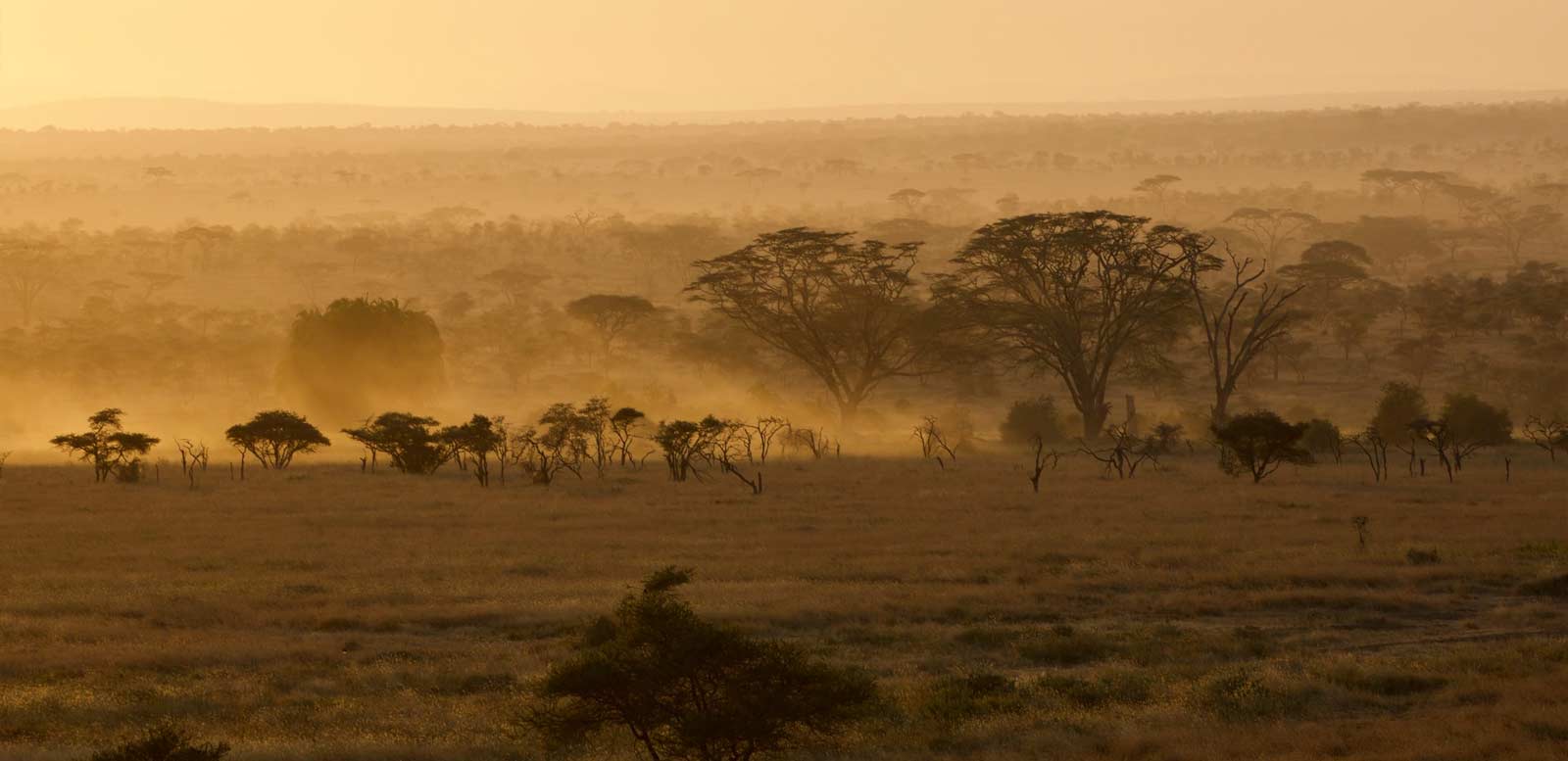The Serengeti Africa is one of those very rare places that has a huge reputation, yet still somehow manages to surpass expectations and take your breath away. Surrounded by remarkable tribes such as the Massai and Hadzabe, this wider area is also fascinating from a cultural perspective. The whole park is a world heritage site, and the varied eco-system coupled with the huge volume of wildlife means you can spend ample time in different locations and never feel like you’ve seen it all. From the dramatic Kjopes in the north, to the acacia dotted endless plains to the south, it is not just the animals which makes a safari in the Serengeti so remarkable. In a nutshell, it is rightly the most celebrated wildlife reserves in the world; there is nowhere else to match it. It is outstanding!
Serengeti National Park | The Wildlife
There is such a variety of species to be found in the Serengeti and definitely too great a number to mention here, which is why it is such an integral part of a Tanzania safari. The park’s main attraction is the Great Migration, consisting of up to 2 million wildebeest, 200,000 zebras and 350,000 thompson, impala and grant’s gazelles – many consider it to be the most spectacular remaining African wildlife spectacle. The predator viewing here is exceptional with approximately 3-4,000 lion and huge numbers of cheetah, leopard and hyena. Other animals commonly found in the park include topi, eland, hartebeest, buffalo, elephant, caracal, serval, bat-eared fox, hyrax, genet, hares, porcupine, aardvark, giraffe, jackal, mongoose, crocodile, monitor lizard, aardwolf, many kinds of primates including baboons, vervet and colobus monkeys, and over 500 species of bird.
Where is the Serengeti?
The Serengeti is the main component of a Northern Tanzania Safari Itinerary. It is a vast stretch of endless plains brimming with wildlife in the North East of Tanzania – Tanzania’s border changes it to Kenya’s famous Masai Mara. It is only a short flight from Arusha (along with many other Northern airstrips!) – a flight you absolutely must consider if you are ever visiting other Northern Tanzania parks. Many travellers also visit Northern Tanzania to experience the vibrant Maasai culture in the Ngorongoro Highlands, but also to go into the Ngorongoro Crater itself. There are also other smaller surrounding parks, Lake Manyara and Tarangire, but these are more “add on” destinations – The Serengeti in our view is the real star of the show.
When to go to the Serengeti National Park
To focus solely on the Great Migration would be to do this park a grave injustice. Even taking the Great Migration out of the equation, it can be argued that the Serengeti is still the finest park in Africa. Vast herds of grazers, huge prides of lion, spectacular expanses of uninterrupted views, wildebeest river crossings, great leopard sightings, fantastic vast cheetah inhabited plains and some of the best camps in Africa – as such, it is an incredible safari destination year-round.

Best Time To Go To The Serengeti
When going on holiday to Tanzania the chances are the aim of the trip is to either go for a safari, or to the beach or both. As a general rule of thumb, the best time to be in Tanzania on safari is in the dry season from July – October when the weather is dry and sunny. As the parks dry out, the bushes become less dense and the animals are easier to spot because of this, but also because they are forced to congregate to the remaining water holes. There are short rains in November (which sometimes trickle through into December, January and March) before the long rains which come in April and May. However, this is not to say December, January and February are not still excellent times to be in Tanzania…
What is the best time to go on safari in the Serengeti?
The Serengeti is a difficult place to decide when to go to! The average temperature is late 20’s throughout the year so it is never really too hot or too cold – so this is not the issue. If you don’t want to be rained on then it is best to travel in the dry season months between June and October where there is significantly less rainfall than the other months of the year. Definitely avoid March, April and May if you don’t want to be rained on. You could experience short afternoon showers in November, December, January and February but nothing that will affect the wildlife viewing too much. The huge plains are absolutely teeming with life in the Serengeti, and as such some people do like to travel in the rainier months – you may get stuck in the mud every now and then but you will still have an unbelievable safari and at a quarter of the price as in high season… It’s all part of the adventure!
Another huge consideration if the location and concentration of the Great Wildebeest Migration at any given time of year. Generally, the two best times to see them is in the dry season from July – Late October when they are crossing the mighty Mara River in the north of the park, and also in February (and January and the beginning of March) in the southern Ndutu area where you get those iconic scenes of endless plains dotted with millions of wildebeest. The months in between are slightly more unpredictable, as with rain they disperse as there is plentiful grass and their route is therefore less fixed. If you are unsure, please do give us a call – The Great Migration can be a difficult thing to get to grips with.

